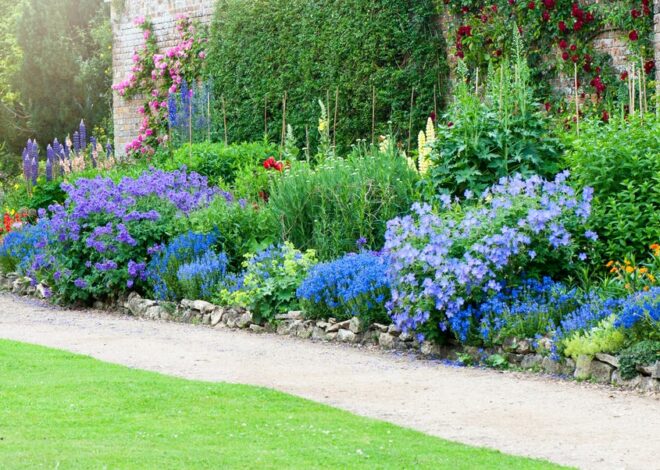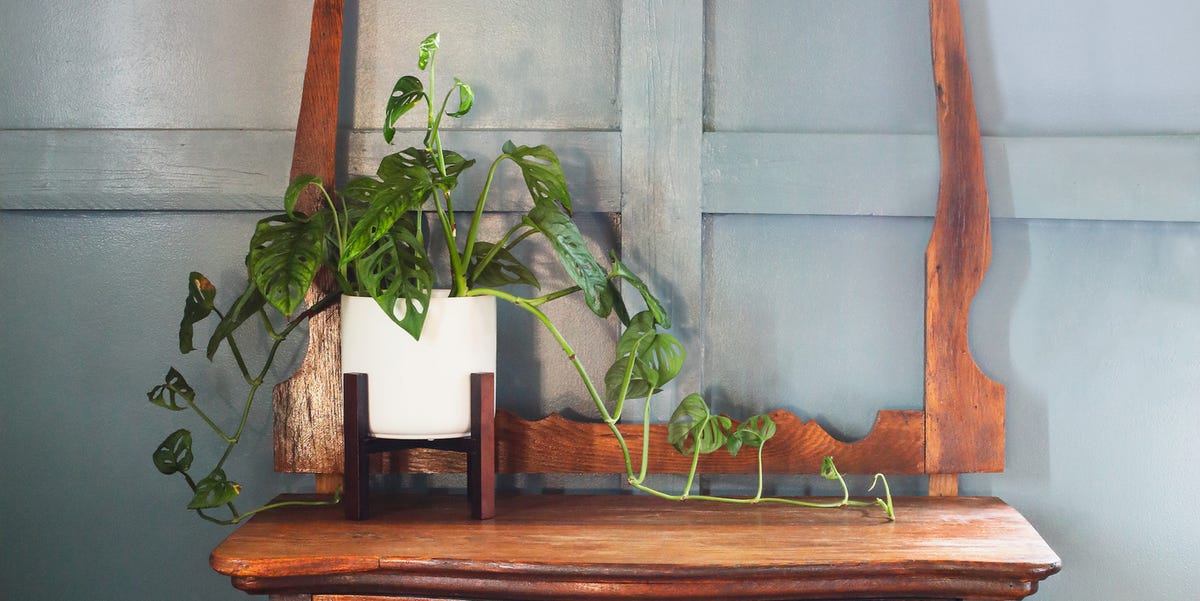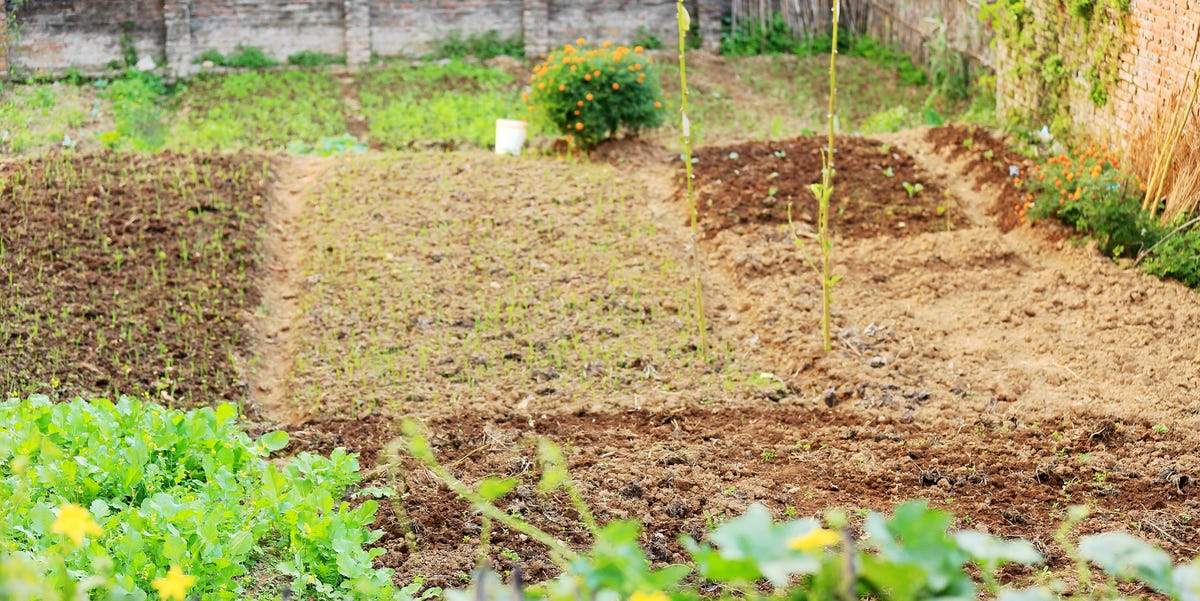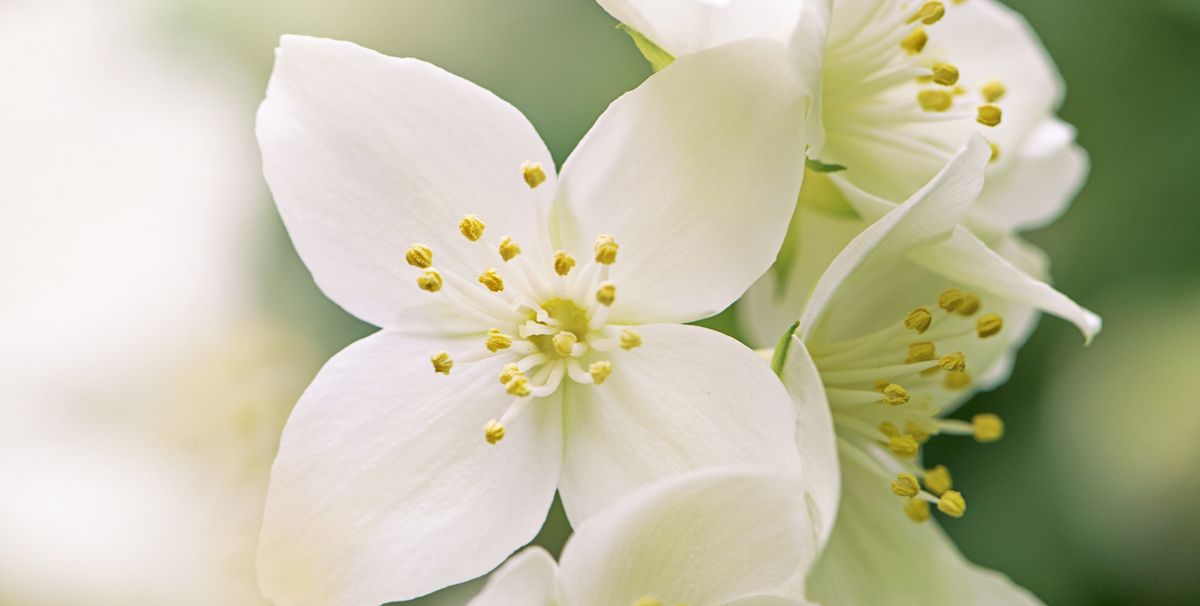
10 Flowers that Bloom at Night for the Yard of Your Targets
[ad_1]
Angels Trumpet (Brugmansia)
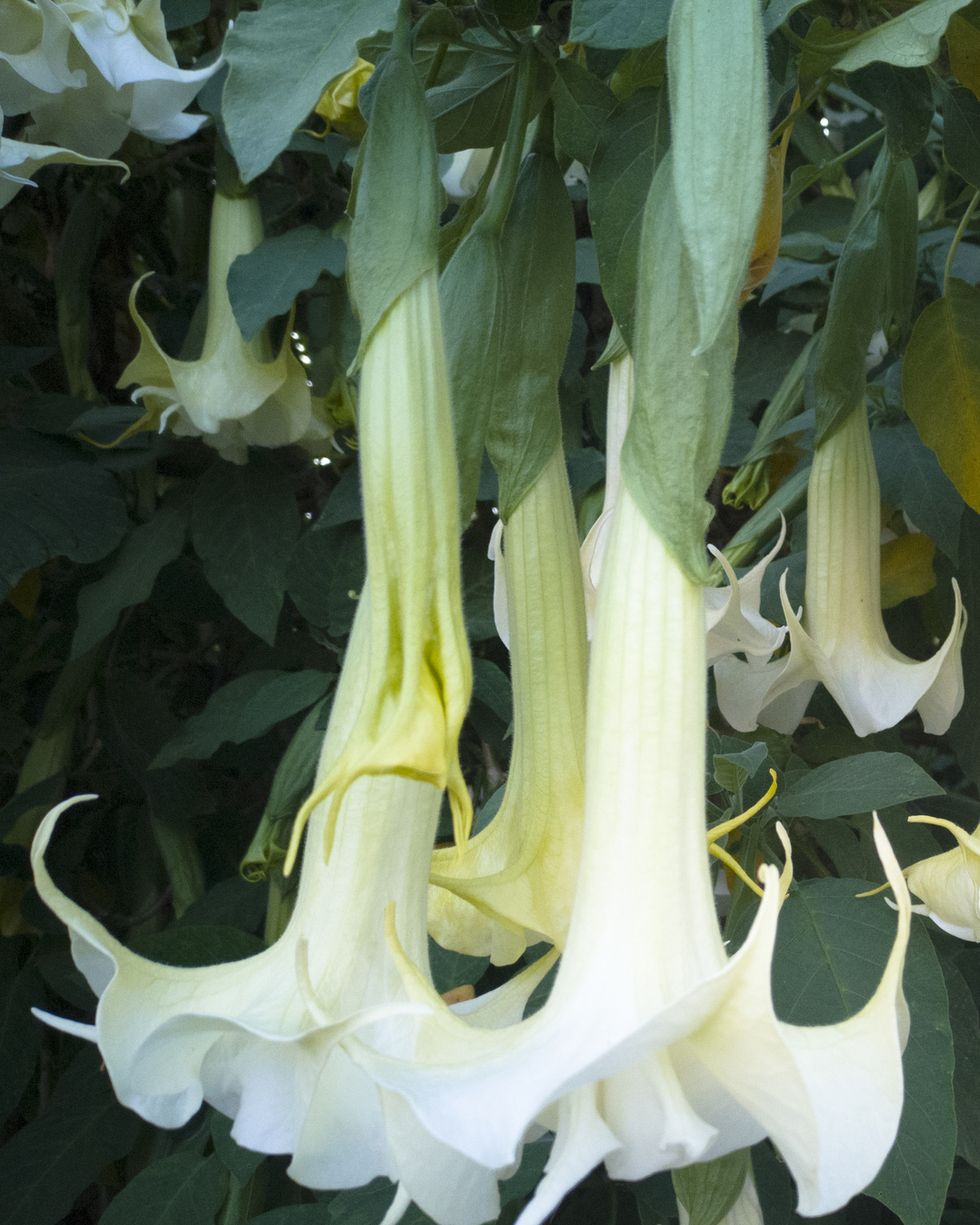
With tubular, trumpet-shaped downward-facing flowers, Angels Trumpet can attain as a lot as 30 toes of their native habitat. Some varieties, much like Brugmansia ‘Cypress Gardens,’ develop successfully in containers the place they develop between 4 to fifteen toes tall. Blooms emit a robust fragrance that is further notable at night.
Evening Primrose (Oenothera biennis)
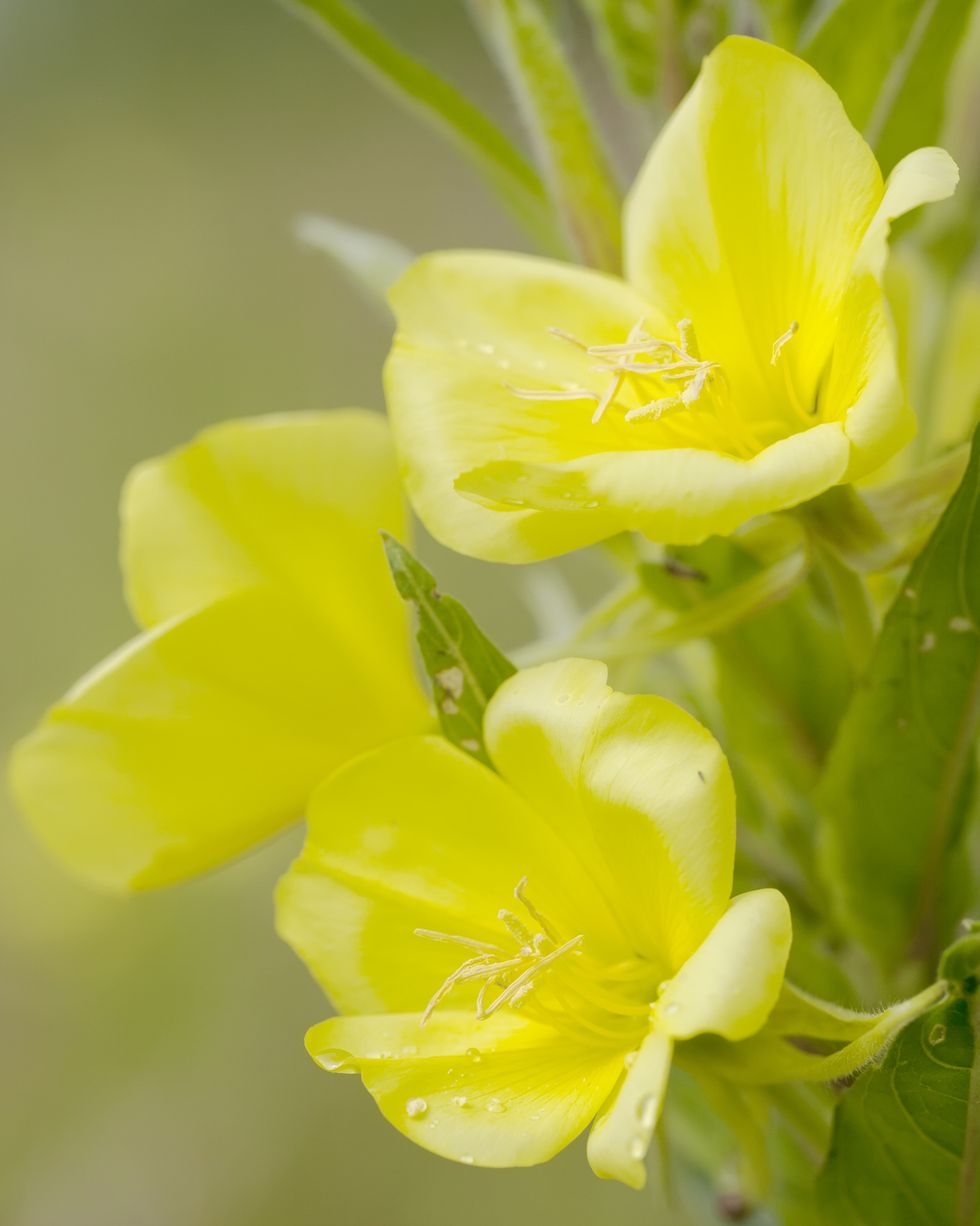
Evening Primrose (Oenothera biennis) begins to open when the photo voltaic models, displaying off vibrant yellow petals. Flowers bloom from the spring to the tip of summer time season.
- USDA Hardiness zones: 4 to 9
- Measurement: 3 to 5 toes tall, 2 to a few toes huge
- Daylight: Full photo voltaic
- Soil: Successfully-draining
Be taught further: 25 Yellow Flowers for the Happiest Yard throughout the Neighborhood
Industrial – Proceed Learning Beneath
Flowering Tobacco (Nicotiana sylvestris)
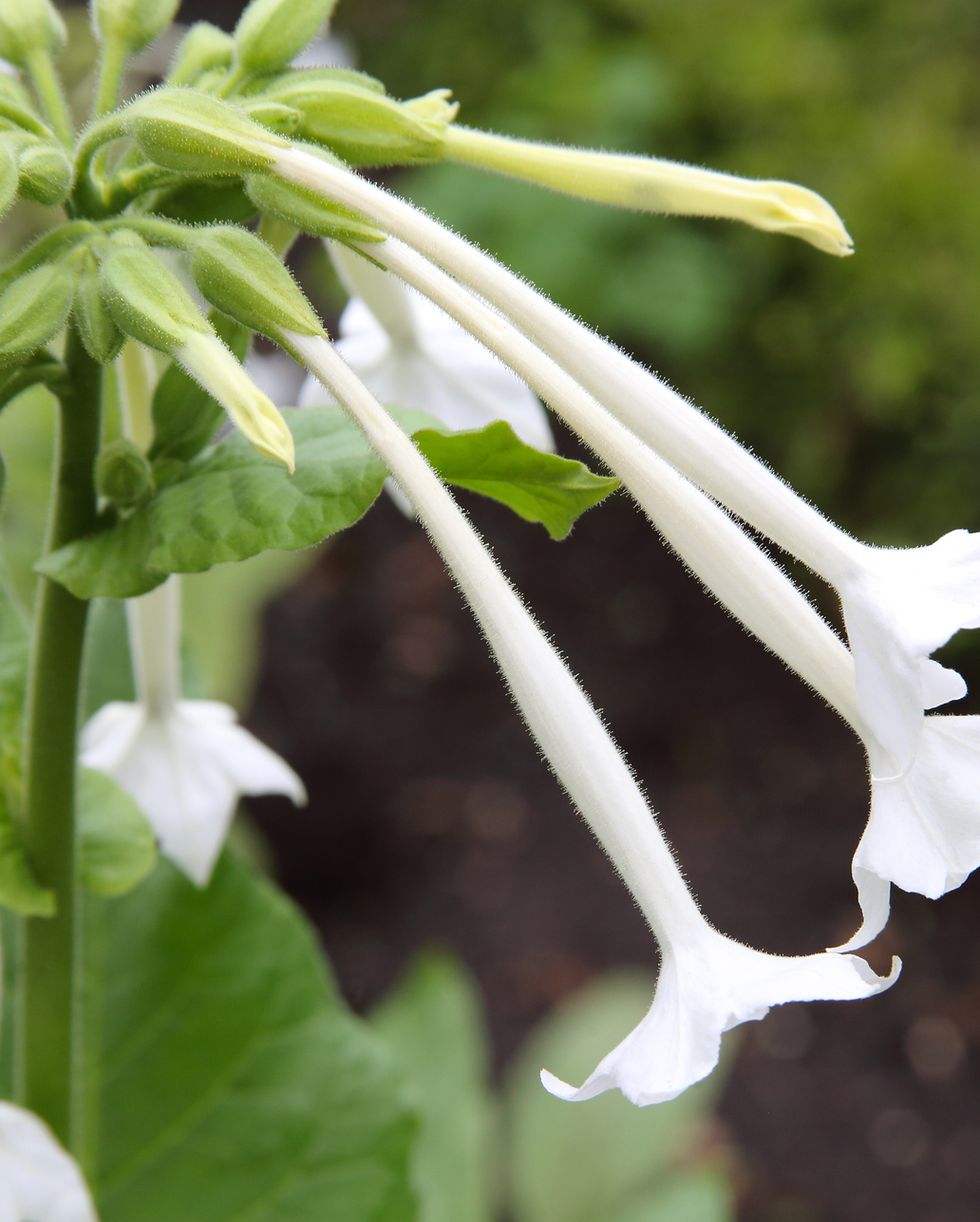
Want to entice further nighttime pollinators to your yard? Plant Flowering Tobacco (Nicotiana sylvestris). The tubular-shaped white to cream-hued flowers produce a sweet scent very similar to Jasmine that entices sphinx moths. Hummingbirds and butterflies pollinate this plant all through the day.
4 o’clock Alba (Mirabilis jalapa)
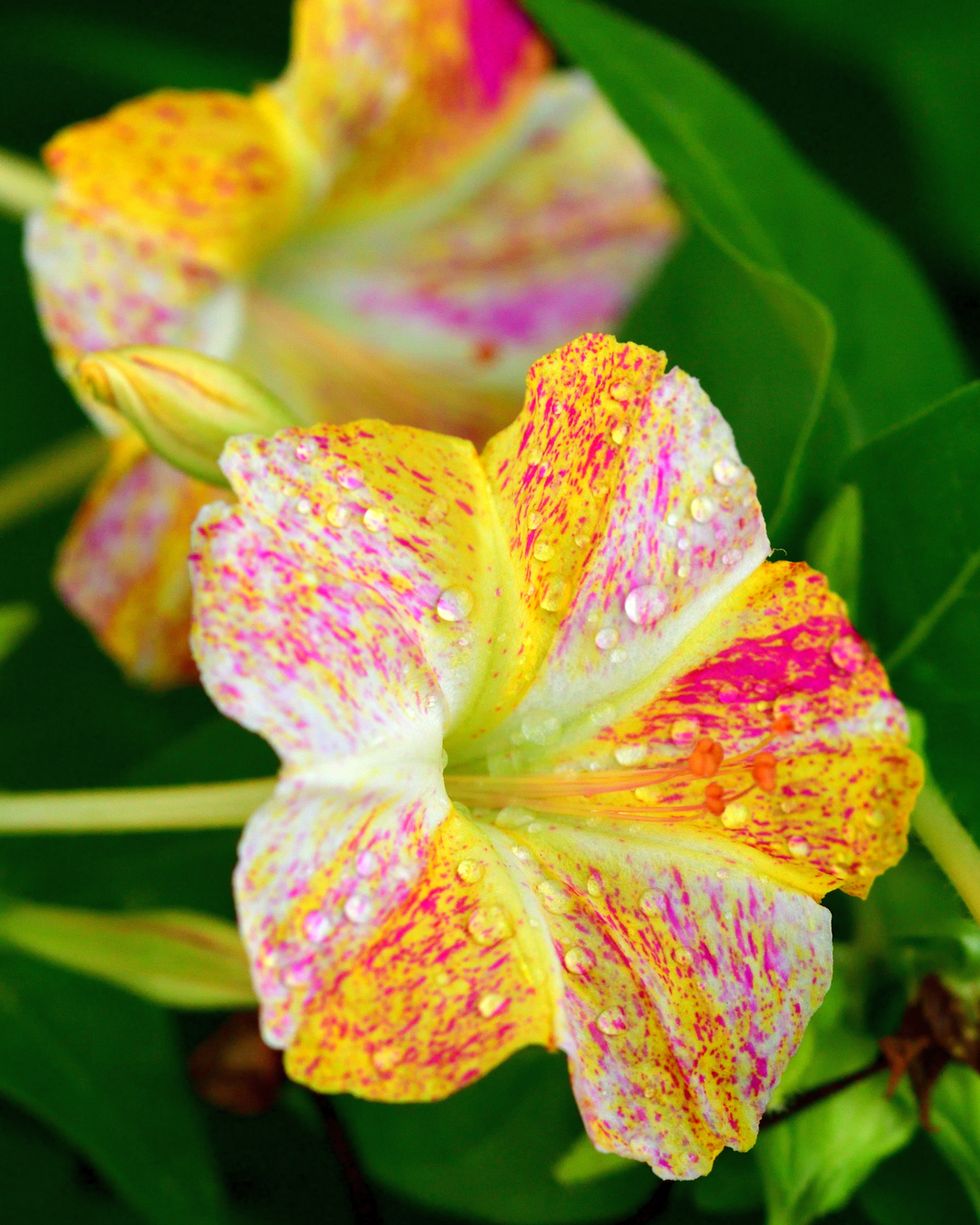
4 o’clock Alba (Mirabilis jalapa) will get its moniker for the time when the flower typically begins to open— throughout the late afternoon. Big, white or multi-hued flowers, counting on the variability, preserve open all through the night and produce a citrus fragrance that permeates the air.
Industrial – Proceed Learning Beneath
Gardenia (Gardenia jasminoides)

When you see white flowers set in opposition to the excellence of waxy, darkish inexperienced leaves and a fragrant scent, it’s a Gardenia (Gardenia jasminoides). Gardenias produce a stronger scent at night, serving to to attract pollinators, much like moths.
- USDA Hardiness Zones: 7 to 11
- Measurement: 3 to 5 toes tall, 3 to 6 toes huge
- Daylight: Full to partial photo voltaic
- Soil: Moist, well-draining
Mock Orange (Philadelphus coronarius)
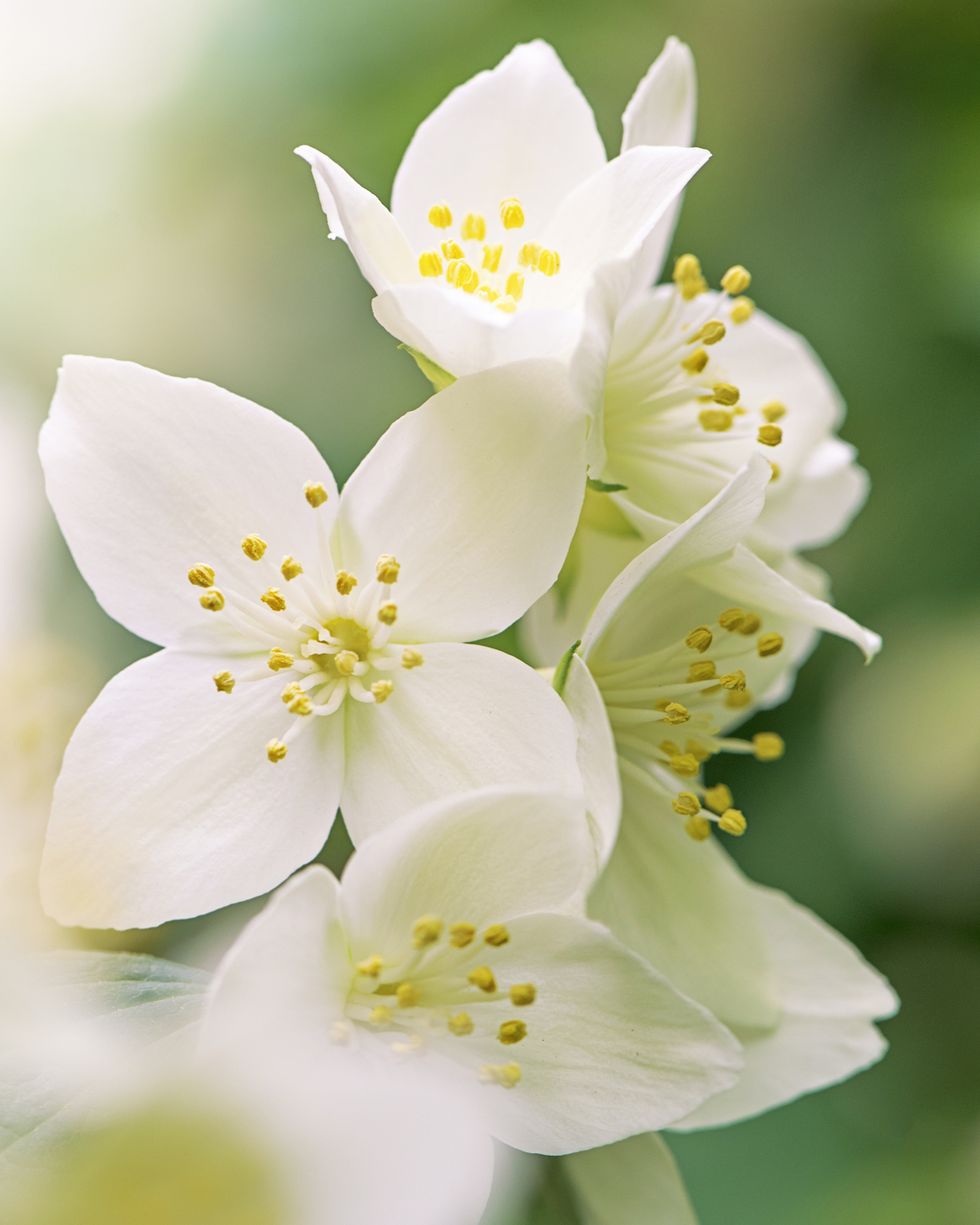
Mock Orange (Philadelphus coronarius) will get its determine because of the small white flowers produce a scent that smells like orange blossoms. It moreover goes by Fragrant Mock Orange and Sweet Mock Orange. Some varieties are further fragrant than others and the flowers typically odor stronger when the photo voltaic models.
- USDA Hardiness Zones: 4 to eight
- Measurement: 10 to 12 toes tall, 10 to 12 toes huge
- Daylight: Full to partial photo voltaic
- Soil: Moist, well-draining soil
Industrial – Proceed Learning Beneath
Moonflower (Ipomoea alba)
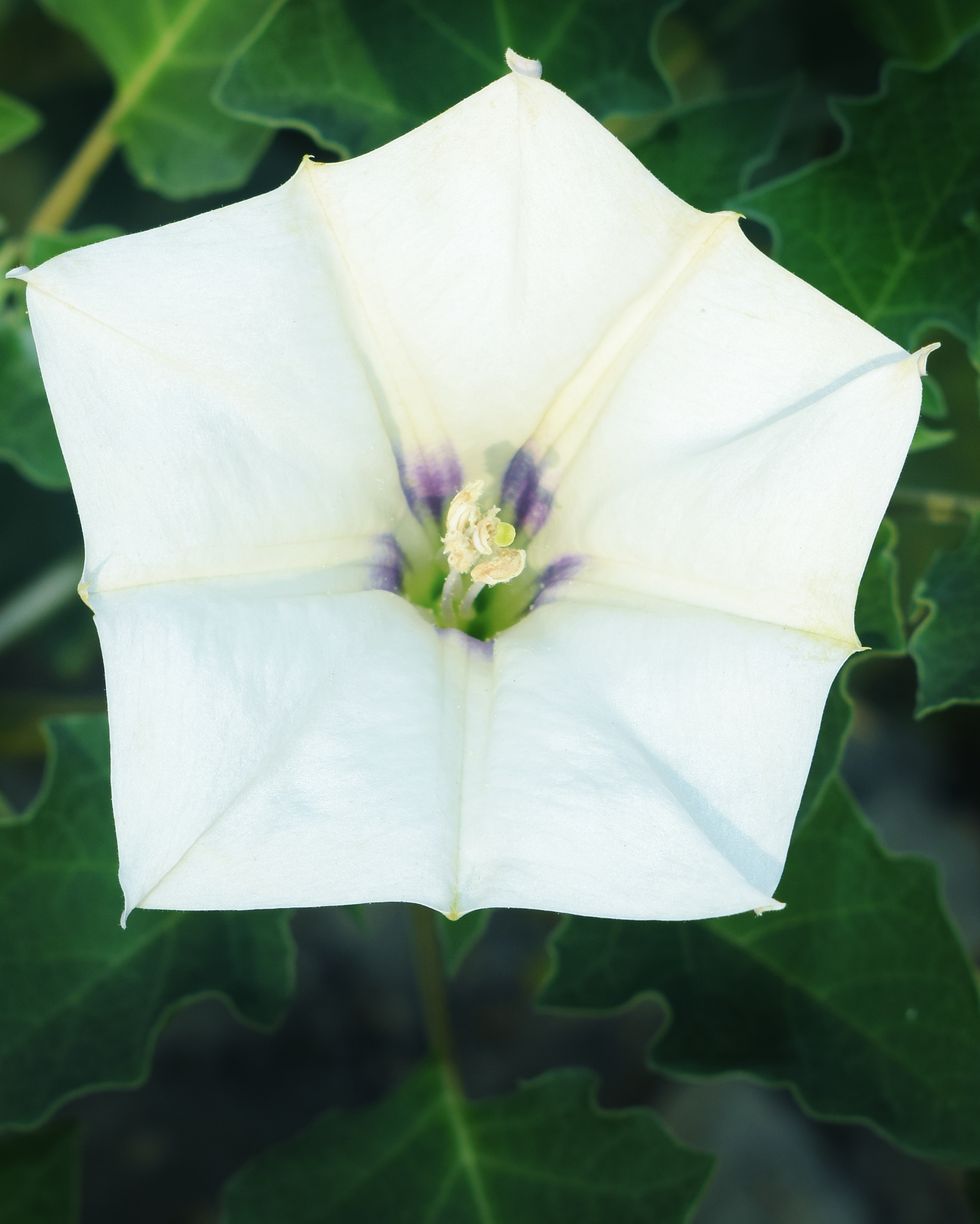
Moonflowers (Ipomoea alba) have white flowers that open and bloom at night. Moonflower is a sister plant to the purplish, blue morning glory flower.
Night phlox (Zaluzianskya ovata)
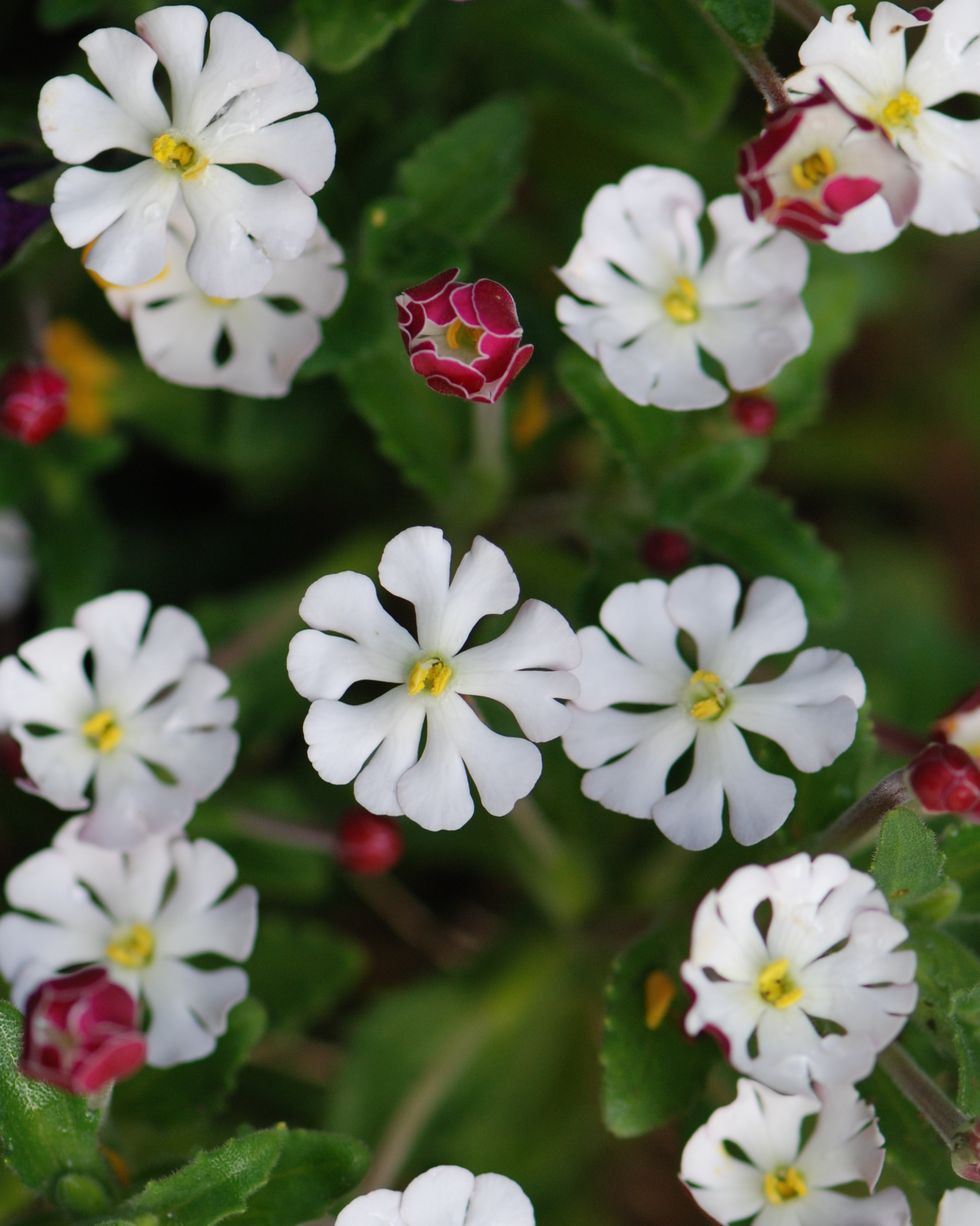
An area flower to South Africa, Night phlox (Zaluzianskya ovata) appears to be very similar to small daisies, nonetheless with further pronounced petals. At photo voltaic set, Night phlox emits a sweet scent paying homage to honey.
- USDA Hardiness Zones: 9 to 10
- Measurement: as a lot as 12 inches tall, 2 to a few toes white
- Daylight: Full photo voltaic
- Soil: Moist, well-draining
Industrial – Proceed Learning Beneath
Night-Blooming Jasmine (Cestrum nocturnum)
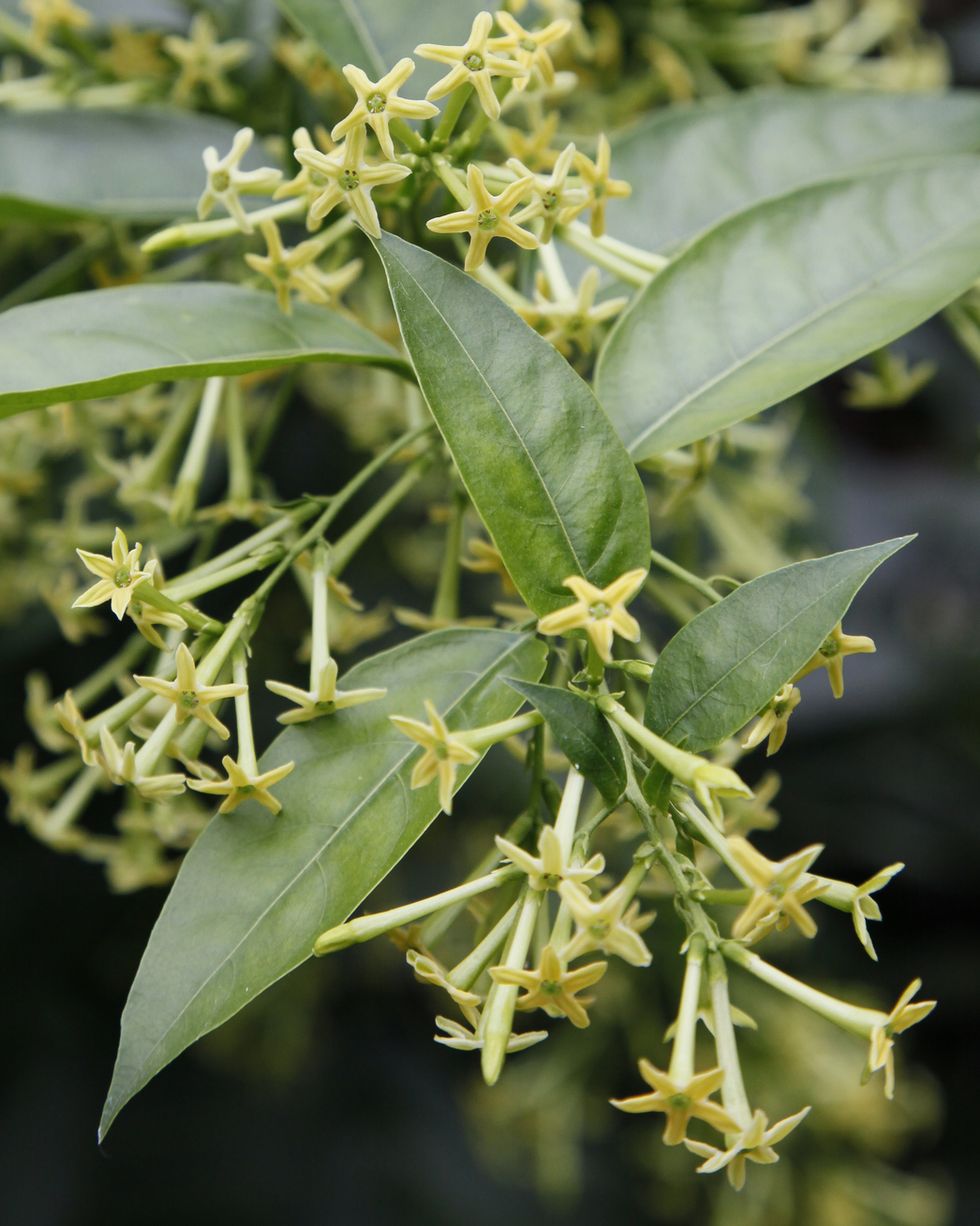
Night-blooming jasmine (Cestrum nocturnum), moreover known as Girl of the Night, is an evergreen tropical shrub that blooms after darkish and emits a tropical scent. Its determine is a misnomer because of it isn’t part of the Jasmine family nonetheless reasonably part of the nightshade family, like tomatoes, peppers, and eggplants.
- USDA Hardiness Zones: 9 to 11
- Measurement: 8 to 10 toes tall, to a few toes huge
- Photo voltaic: Full photo voltaic
- Soil: Moist
Queen of the Night Cactus (Cereus hildmannianus)
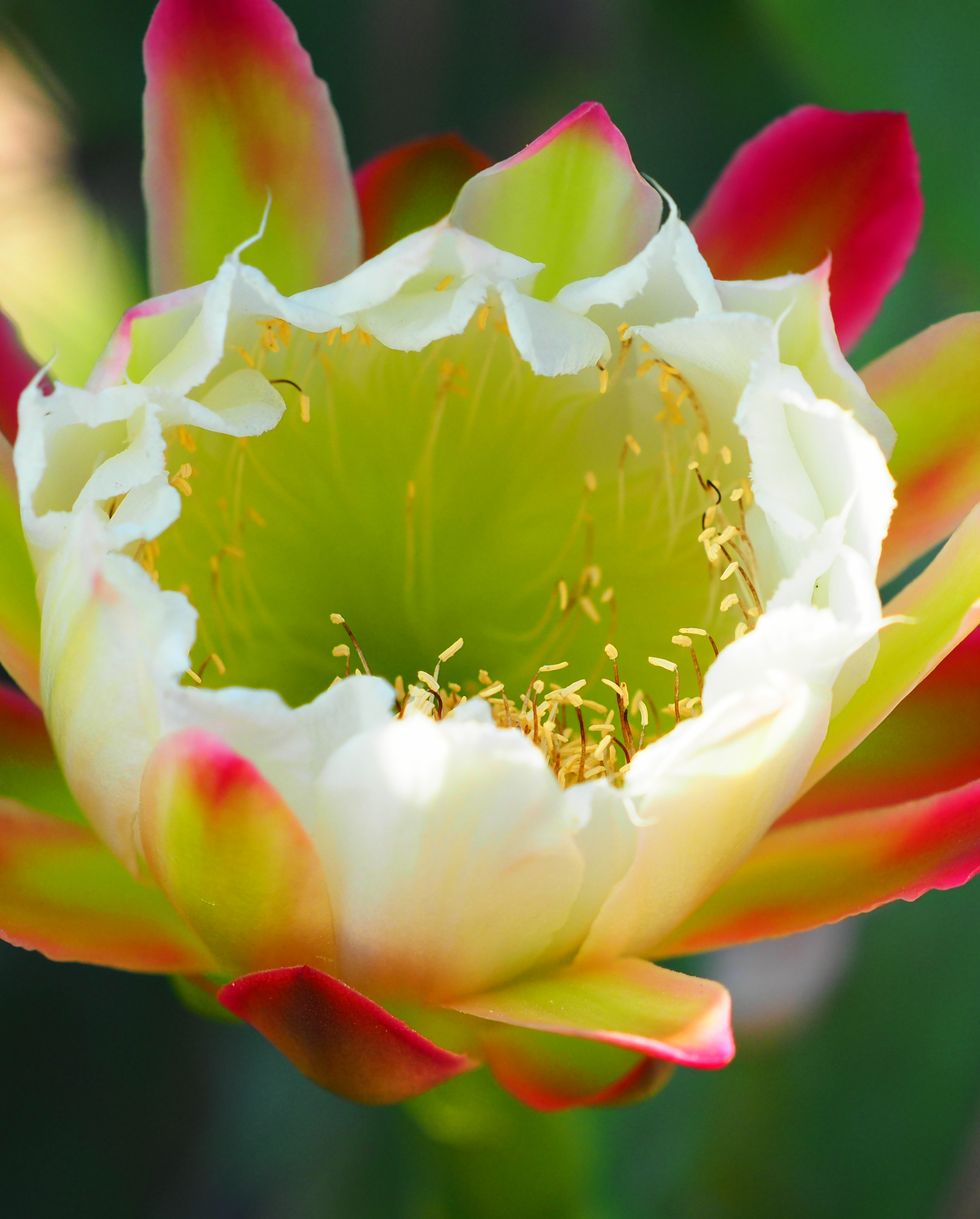
A tall, column-shaped cactus native to South America goes by many names, along with Queen of the Night cactus, Hedge cactus, and Night-blooming Cereus (Cereus hildmannianus). Flowers open at night and produce a sweet scent that pulls nighttime pollinators, much like bats and moths.
- USDA Hardiness Zones: 9 to 11
- Measurement: 4 to 30 toes tall, as a lot as 10 toes huge
- Daylight: Full photo voltaic
- Soil: Mild, well-draining cactus mix soil
Be taught further: The fitting strategy to Plant a Pollinator Yard
Watch Subsequent

Industrial – Proceed Learning Beneath
Industrial – Proceed Learning Beneath
Industrial – Proceed Learning Beneath
[ad_2]
Provide hyperlink
